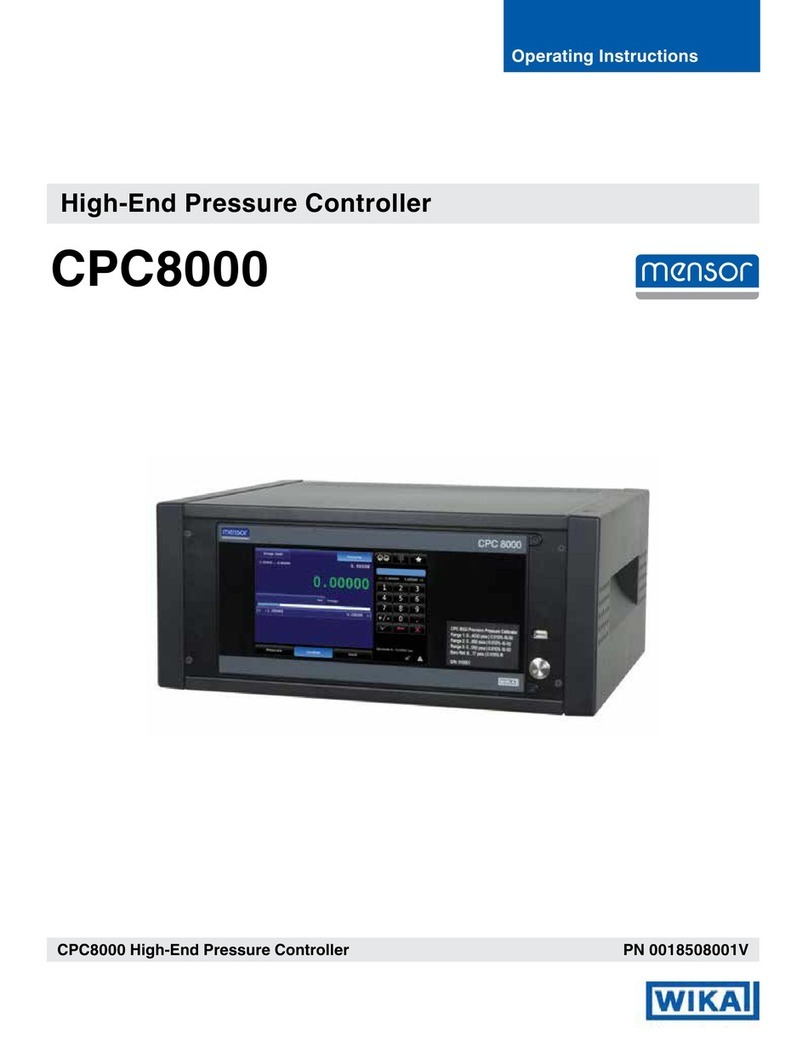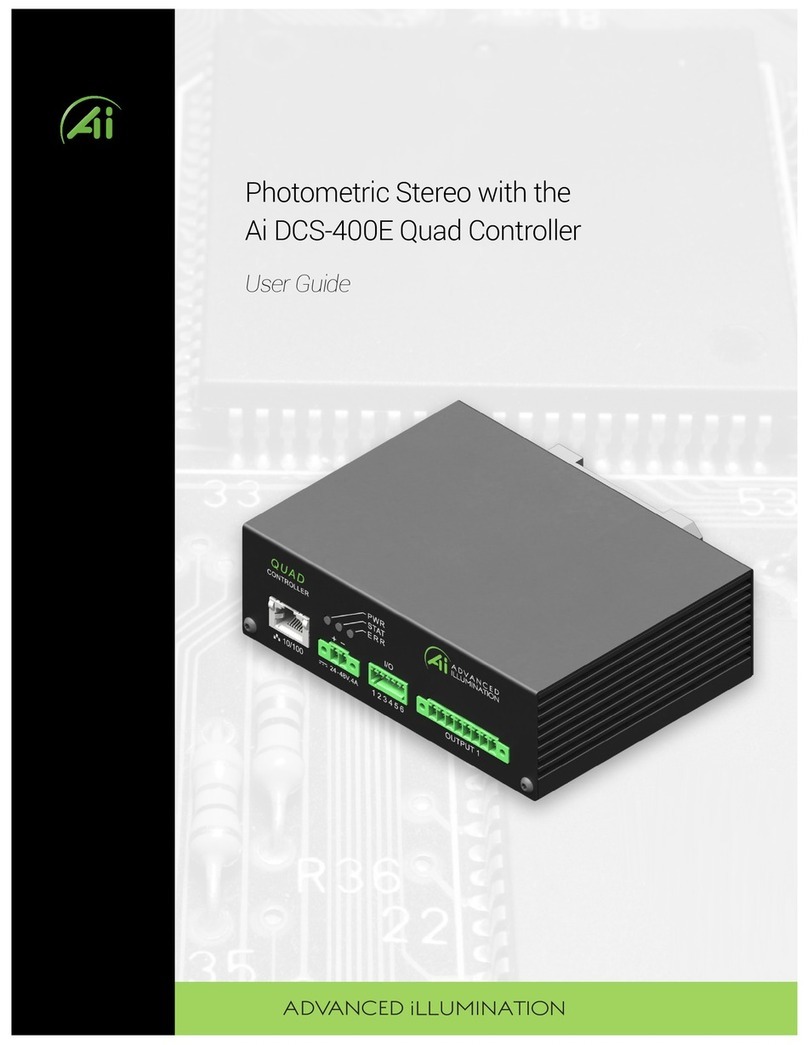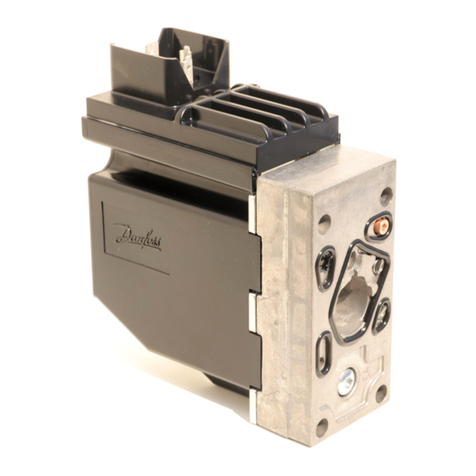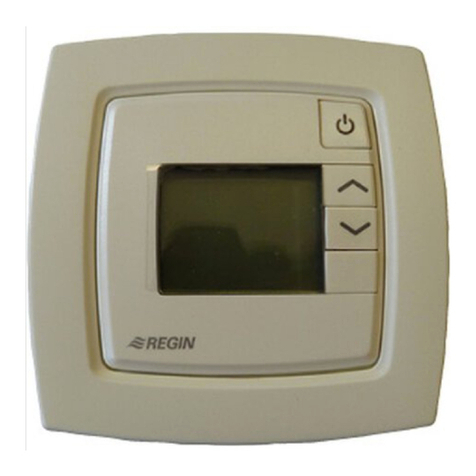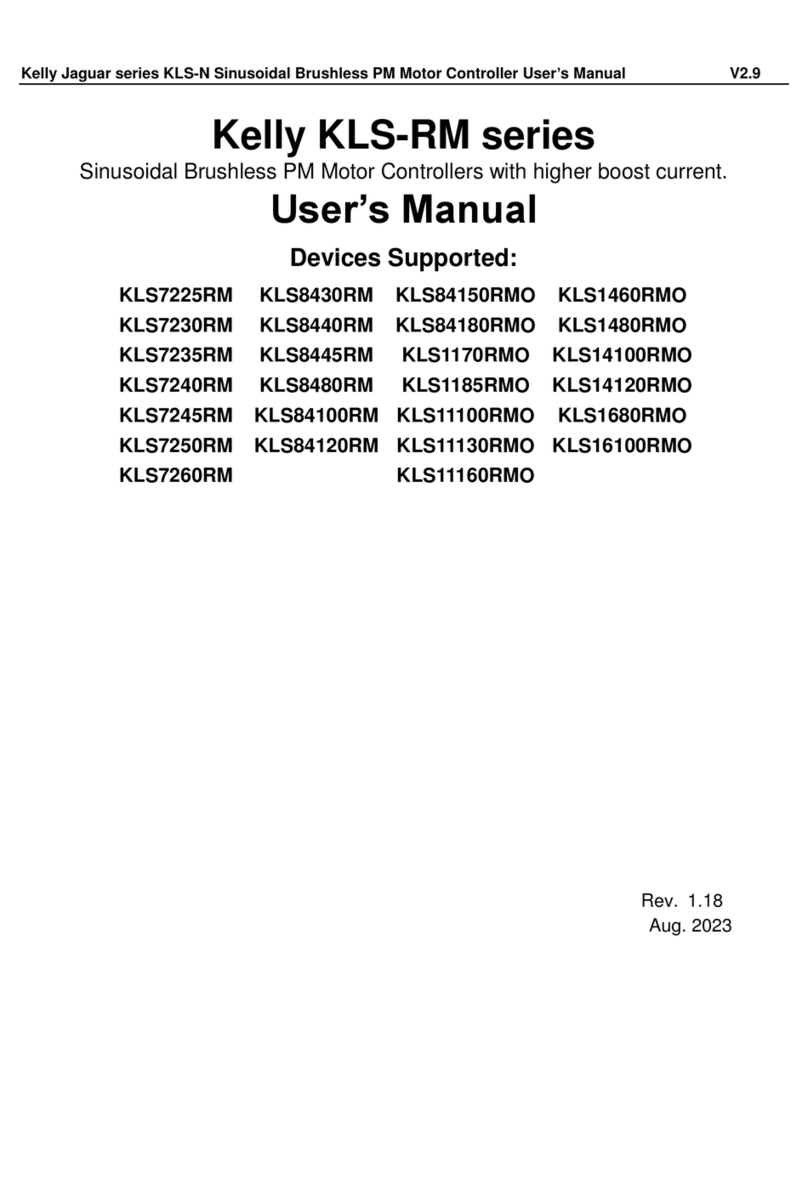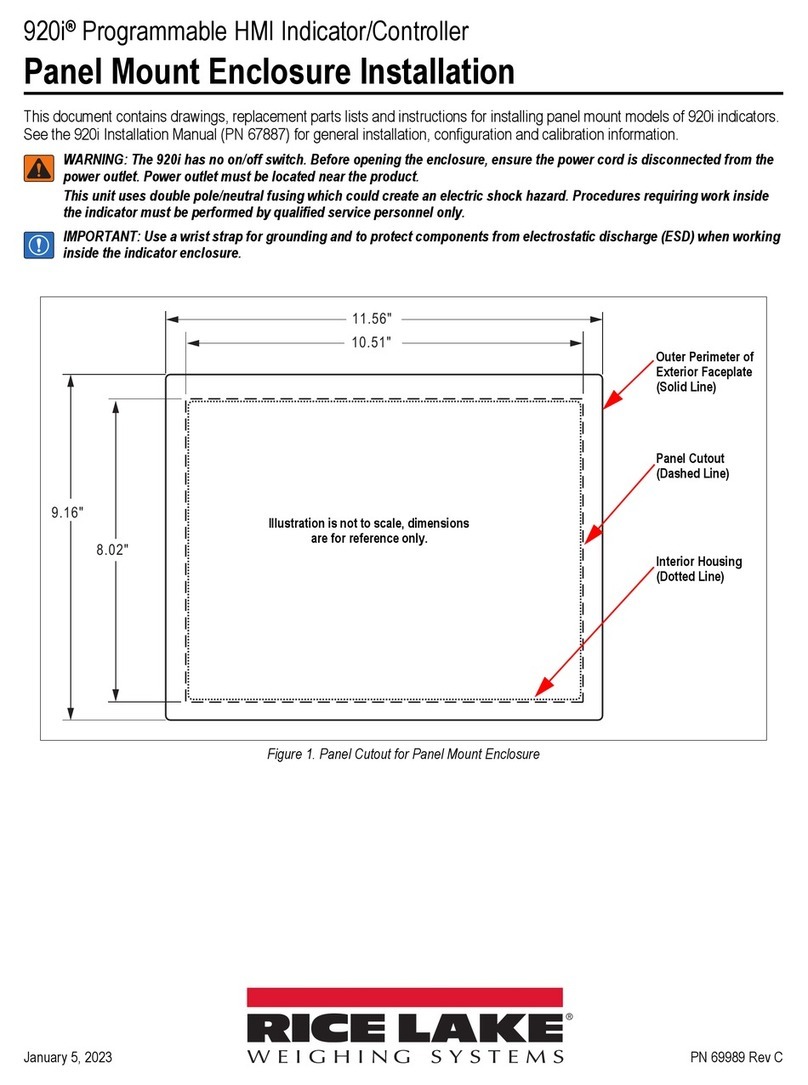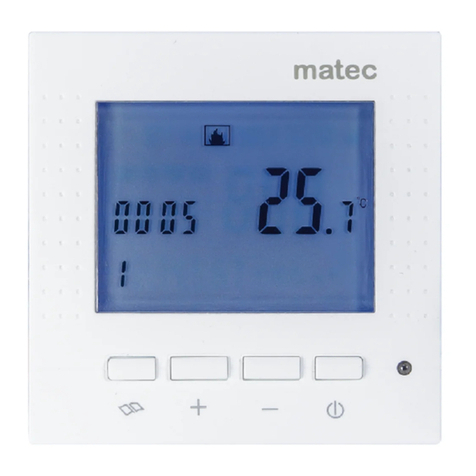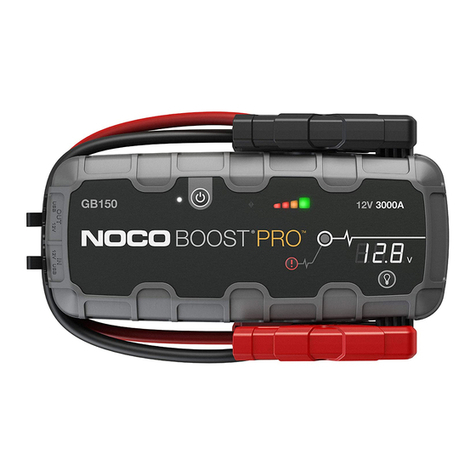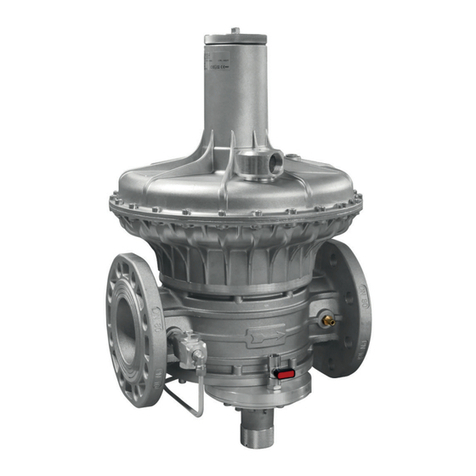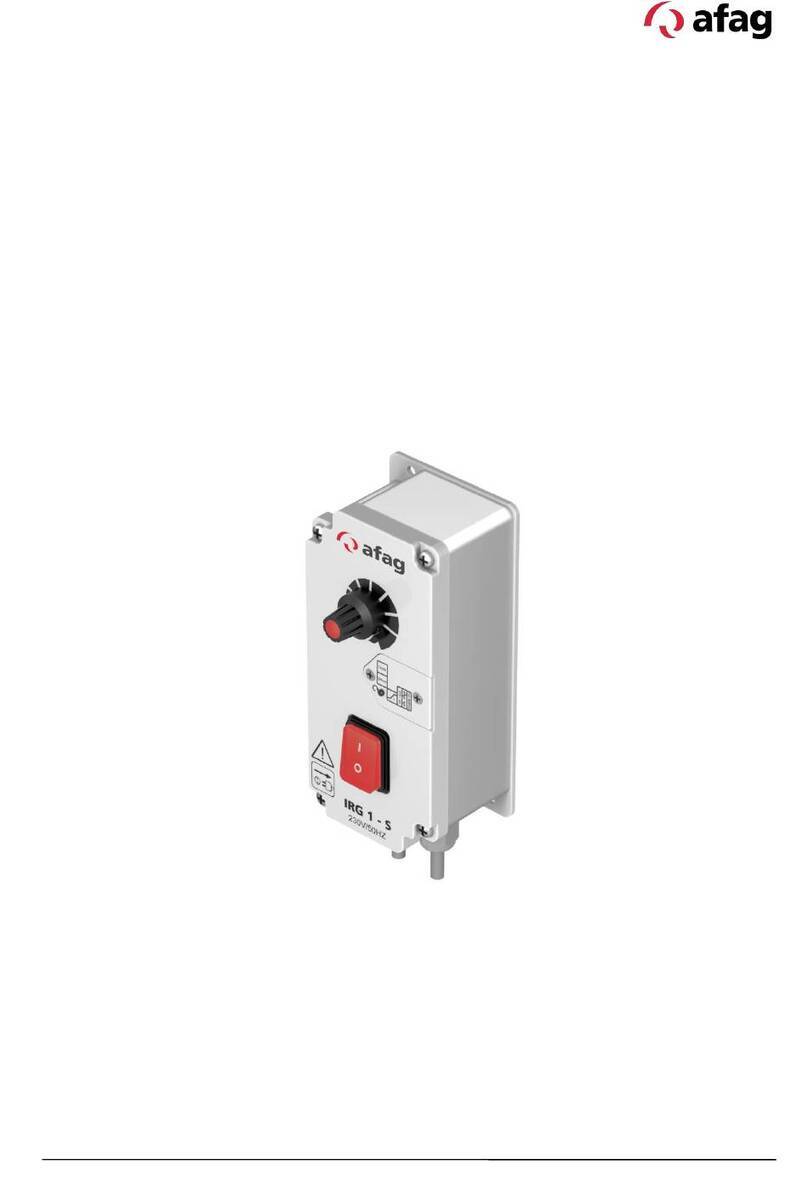EnerPro VR31 User manual

http://www.enerpro-inc.com
99 Aero Camino
Goleta, California 93117
Ph: (805) 683-2114 / (877) 648-2114
Operating Manual: OP-0116
Date: July 2019
Enerpro Document No: OP-0116, Rev.A Page 1 of 3 ECO #19-11073; Release Date: 07/23/2019
OPERATIONS MANUAL
VR31 Troubleshooting Guide
Purpose
The purpose of this document is to outline on locomotive troubleshooting of the VR31. The information in
this report should be used to incorporate into locomotive maintenance manuals.
Reference
1. PD773, VR31 Auxiliary Generator Regulator Product Guide
Test Equipment
1. Digital Multimeter (DMM)
2. Banana jack test leads
Description of VR31
1. The VR31 system is an upgraded Auxiliary Generator regulator that provides 3-stage battery
charging for legacy EMD locomotives. It works in conjunction with the EBCS-3 current sensor that
provides battery charging current feedback to the VR31. After each engine start, the VR31
transitions through the 3 stages with each stage being indicated by an LED on the front panel.
2. Test jacks provide measurement of AuxGen voltage, battery voltage, battery current, AuxGen
field voltage, and AuxGen AC1, AC2, and AC3 voltage.
3. If the VR31 detects a current sensor or wiring fault, a fault LED is illuminated and transition to
stage 3 is made. This is done in order to prevent battery overcharging. This fail-safe mode allows
continued locomotive operation until the EBCS-3 and associated wiring can be evaluated and
repaired.
4. The EBCS-3 is powered from the VR31 through pin 9 and protected by a 2 amp mini-fuse, CP1.
Fuse CP1 and a spare are located near the back of the regulator module.
5. VR31 output voltage is calibrated at the factory and is not adjustable in the field.
Normal Operation
Normal operation is indicated by illumination of one of the 3 charge stage LED’s and a nominal
AuxGen voltage range output. Stage 1 is constant battery current and Stage 2 and 3 are constant
rectifier voltage. AuxGen voltage output is measured between jacks RP (rectifier positive) and BN
(battery negative). Battery voltage is measured between jacks BP (battery positive) and BN. Battery
voltage can be 1-6 VDC lower than rectifier voltage depending on battery charging current. Battery
current is measured between jacks +IB and BN with 100 ADC scaled to 1 VDC. Nominal range output
for each stage is outlined below:
Stage 1 (Bulk): Rectifier Voltage ~68-78 VDC
Battery Current 80-95 amps (0.80 – 0.95 VDC on front panel)
Stage 2 (Absorption): Rectifier Voltage 77.5 - 78 VDC
Battery Current 25 to 95 amps (0.25 - 0.95 VDC on front panel)
Stage 3 (Float): Rectifier Voltage 72 - 72.8 VDC
Battery Current 0 to 25 amps (0- 0.25 VDC on front panel)

Enerpro Document No: OP-0116; Rev. A Page 2 of 3 ECO #19-11073; Release Date: 07/23/2019
Troubleshooting
1. General. For any abnormal AuxGen issues on AC AuxGen locomotives, verify AuxGen AC
outputs. Measure the 3 AuxGen phase to phase AC voltages (AC1 to AC2, AC2 to AC3, and AC1
to AC3). If measurements are not equal, troubleshoot AuxGen.
2. Current Sensor Fault. Current sensor fault is indicated by the Current Sensor Fault and Stage 3
LEDs being illuminated. RP voltage should be 72-72.8 VDC. If fuse CP1 is open, RP will read 0
VDC even with good output.
a. Verify EBCS-3 current sensor wiring on back panel: white wire to Pin 3, red wire to Pin 9,
black wire to Pin 14.
b. If wiring incorrect, correct per above, check fuse CP1, restart engine and re-evaluate
VR31.
c. If wiring correct, check fuse CP1 and replace EBCS-3.
3. No LEDs and no Output. Temporarily increase engine RPM. If VR31 begins operation as
indicated by Stage 1 LED illuminating, note idle RPM. If idle RPM is below normal range, correct
idle. If idle RPM is normal, replace VR31 with one that has the low-idle upgrade modification. The
low idle upgrade is identified by components R11 and R2 on the upper back of the circuit board.
On a standard VR31, R11 is light blue and RT2 is small. On a modified VR31, R11 is tan and
RT2 is larger as shown below.
Standard VR31 Low-Idle Upgrade VR31
Low-Idle Upgrade Marking
4. Tripped Circuit Breaker. A tripped circuit breaker is caused by RP overvoltage or field over
current. An overvoltage may be caused by a locomotive wiring fault, excessive load dump, or a
faulty VR31. Shut down engine, reset circuit breaker and restart engine. If circuit breaker trips
again, verify back panel wiring AC1, AC2, and AC3 inputs. These inputs (pins 4, 6, and 10)
should only have the singe AC inputs connected. If back panel wiring is correct, remove and
replace VR31.

Enerpro Document No: OP-0116; Rev. A Page 3 of 3 ECO #19-11073; Release Date: 07/23/2019
5. Output Out of Range. Voltage outside the ranges listed above may be due to VR31
malfunction, a defective AuxGen (Step 1) or a defective or damaged battery. Note that the output
measured is rectifier voltage, not battery voltage. Because of diode drop and cabling resistance,
battery voltage may be as much as 6 volts lower than rectifier voltage depending on battery state
of charge and health.
a. Stage 1 voltage low. With the Stage 1 LED illuminated, check battery current IB. If IB is
normal (0.8- 0.95 VDC, 80-95 amps), check RP voltage. If RP voltage is 68 VDC or
above, allow to run and check again in 1 hour. If RP is below 68 VDC or does not
increase after 1 hour, test battery for shorted cells or other defects.
b. Stage 1 battery current out of range. If Stage 1 is illuminated and IB is out of range
(0.8- 0.95 VDC, 80-95 amps), remove and replace VR31.
c. Stage 2 or 3 voltage out of range. Remove and replace VR31.
Table of contents
Popular Controllers manuals by other brands
Enttec
Enttec Pixelator 70060 user manual
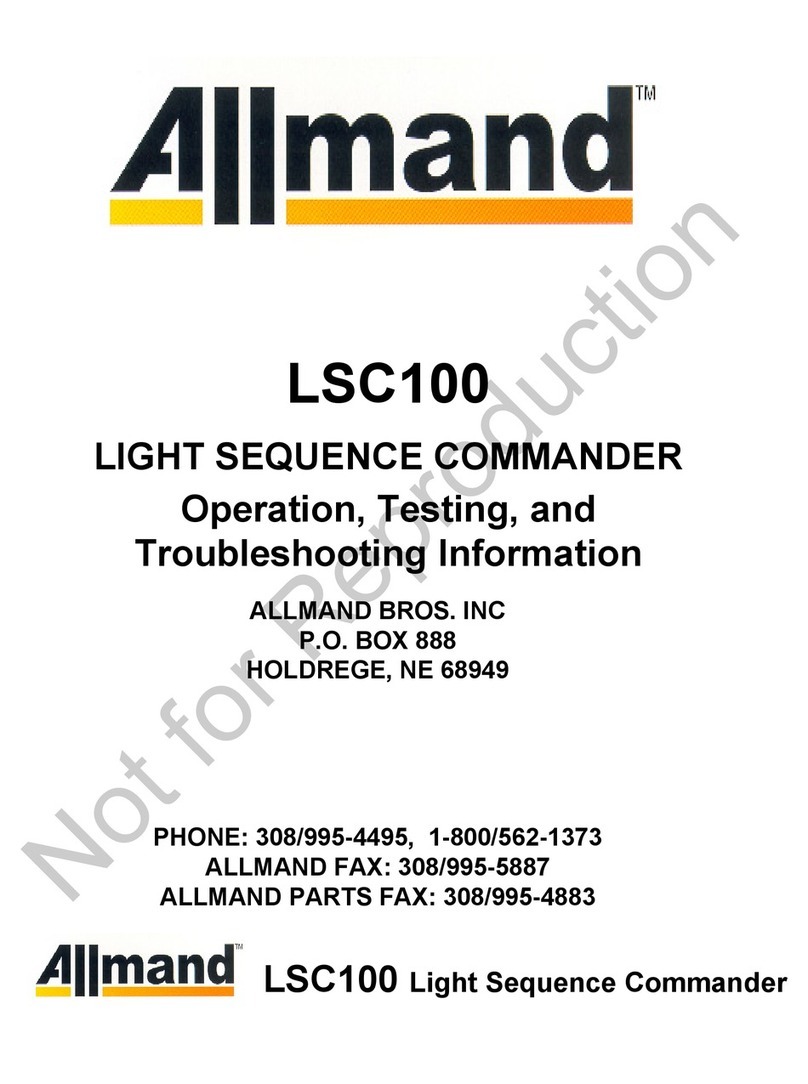
Allmand
Allmand LSC100 Operation, Testing, and Troubleshooting Information
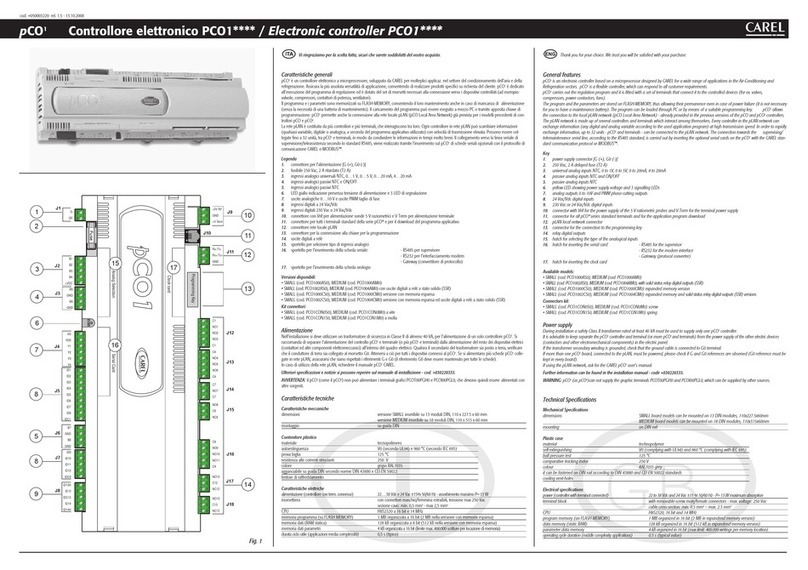
Carel
Carel pCO1 series manual
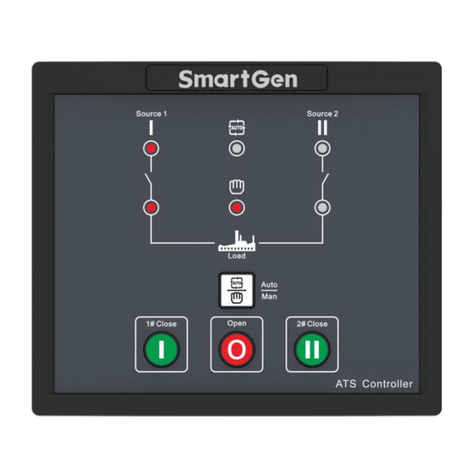
Smartgen
Smartgen HAT530P Series user manual
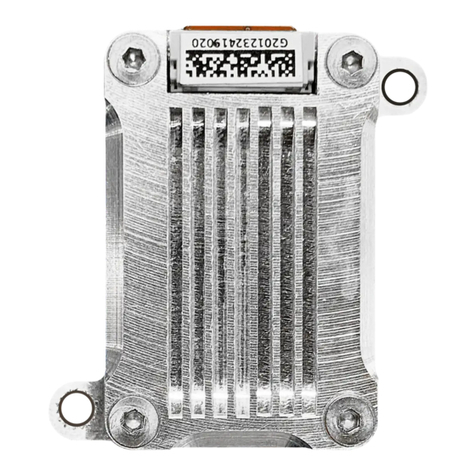
uAvionix
uAvionix microLink User and installation guide
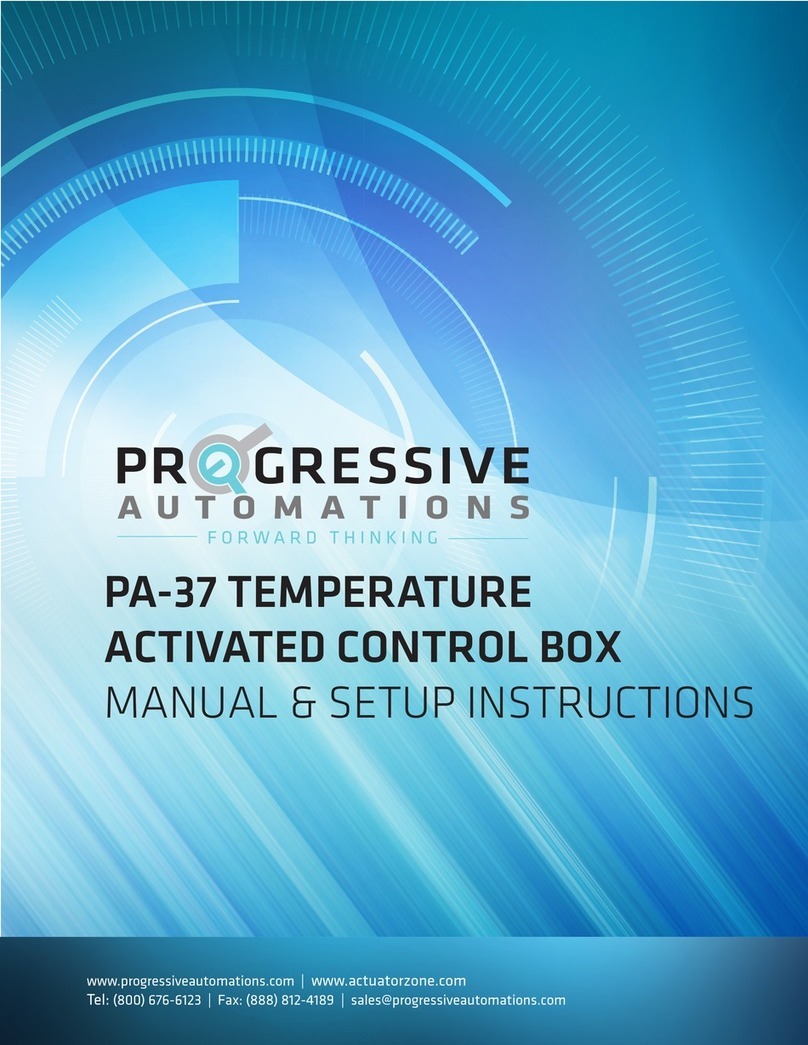
progressive automations
progressive automations PA-37 User's manual and setup instructions
